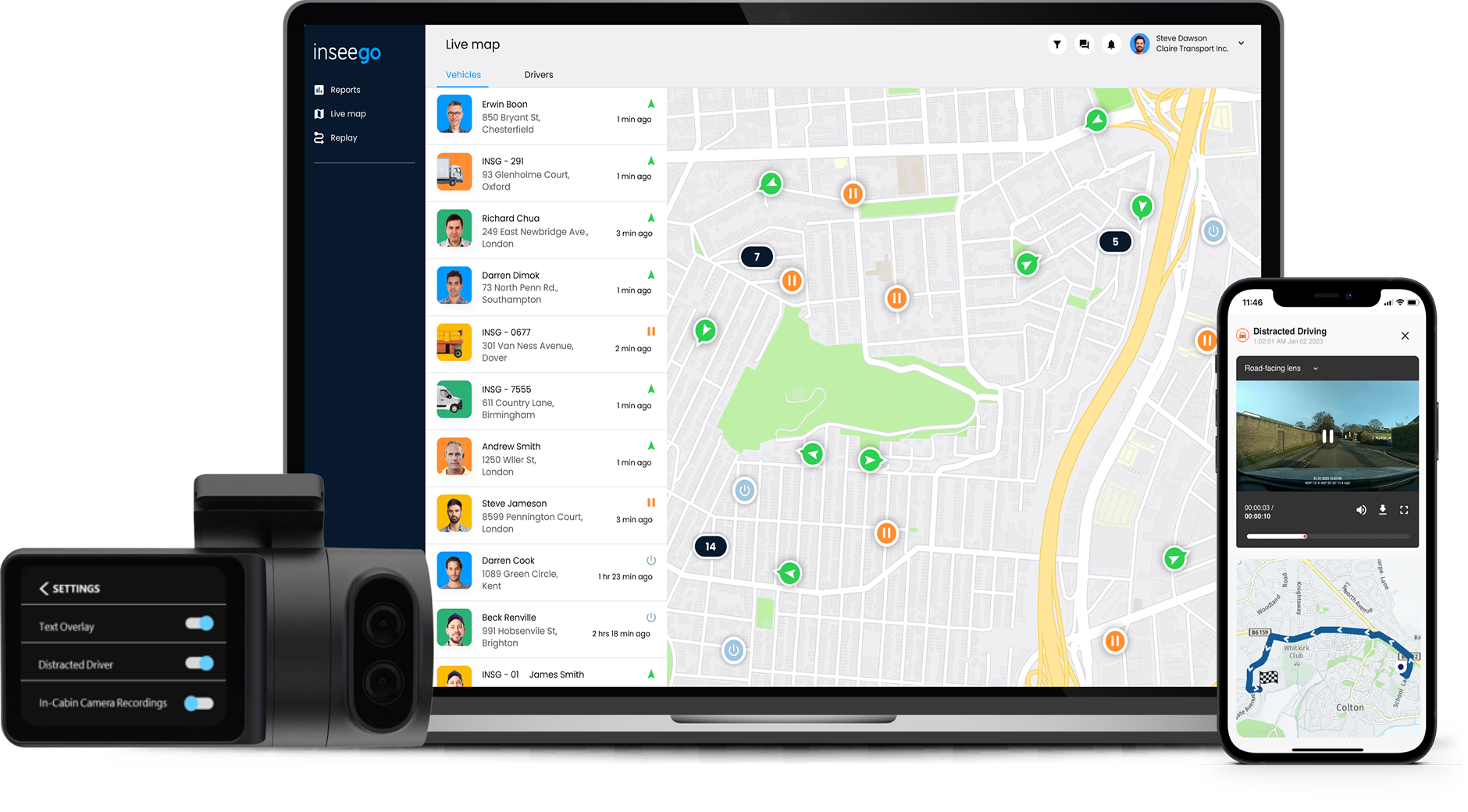More from the 5G glossary
View all 5G glossary entriesWhat is Network Slicing?
5G network slicing is a technique that is part of software-defined networking (SDN) and network function virtualization (NFV). You can create multiple virtual networks on top of one physical network. This allows each virtual network to be tailored to the specific needs of the applications running on it.
Why is network slicing important?
Network slicing, with its numerous use cases, is one of the most important technologies for 5G, as it can support (new) services with completely different requirements. From a connected vehicle to calling via a telephone app.
With slice deployment, the same virtualization principles are applied to the provider's entire network architecture. These principles include radio access networks (RAN) and the supporting backhaul networks (the parts of the network that connect edge equipment to the network backbone) and carrier core networks (the collection of devices and underlying infrastructure used to transfer data from from one location to another) that underlie 5G, including the associated data centre resources.
How does network slicing work?
Wireless 5G technology supports
3 main technologies:
- enhanced Mobile Broadband (eMBB) for video-oriented applications that require a lot of bandwidth, such as games
- massive Machine Type Communication (mMTC) the Internet of Things (IoT) but on a larger scale; less traffic, more devices
- Ultra reliable Low Latency Communications (URLLC) for applications that require mobile edge computing capabilities, such as real-time vehicle-to-x communications
Network slicing addresses the variety of requirements of services using these technologies. Resources are allocated to each service to separate the services and to provide performance guarantees. For example, for gaming applications, networks with a lot of bandwidth are used, while vehicle tracking requires a very reliable network with little delay.
5G systems are set up in an 'as-a-service' manner using network slicing, so that the services that run on them can be scaled up and down quickly and easily. Each segment has its own architecture, management, and security for a specific use case. Functional components and resources can be shared across various network slices, but things like data rate, capacity, connectivity, quality, latency, reliability, and services can be customised in each slice to meet the agreed Service Level Agreement (SLA).
Network slicing makes more efficient use of available network resources while improving the overall user experience.
Is network slicing also possible with 4G?
Yes, with a relatively simple software upgrade, service providers can implement network slicing in their existing 4G/LTE networks.





